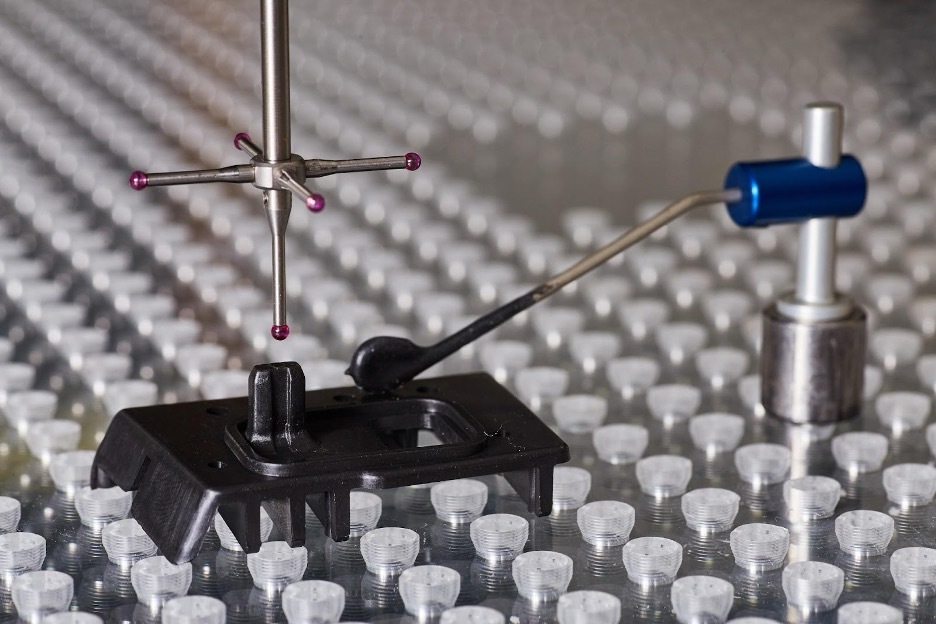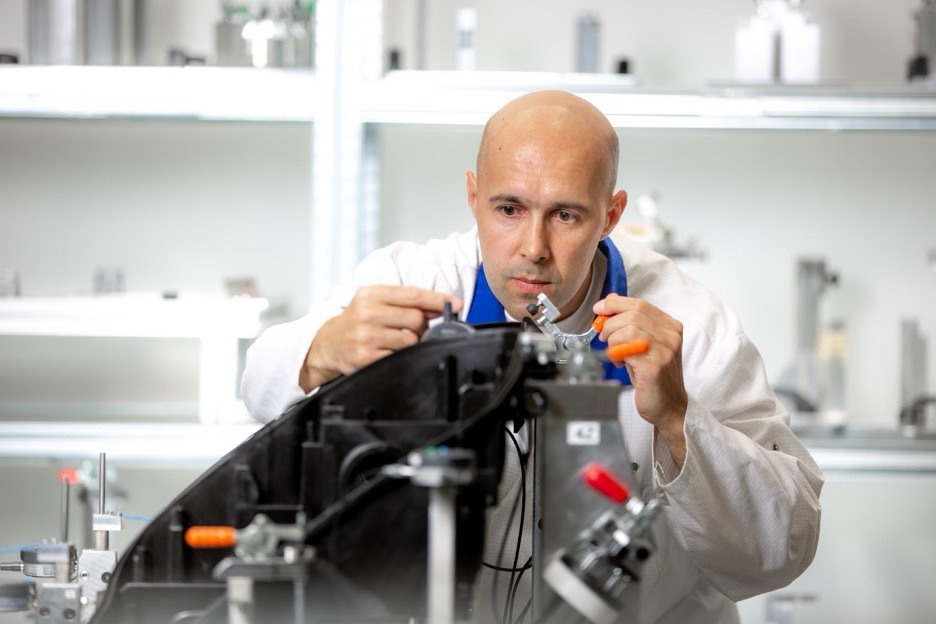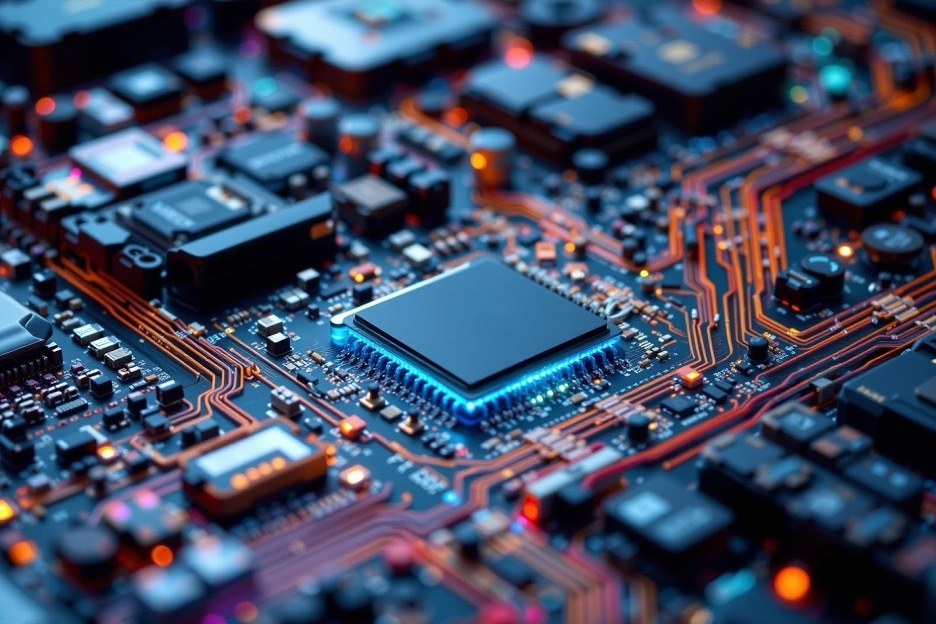Metrology, the science of measurement, is a complex field applied in every industry. It is crucial to everything from food production to healthcare, energy to aerospace, and manufacturing to computers. This science continually evolves in response to technological advances. As technology creates new materials, products, and equipment demand precise measurement and analysis. For instance, the emergence of nanoparticles necessitates real-time measurement capabilities, a development readily observed in smart manufacturing plants and healthcare settings. The science of measurement is in a perpetual state of advancement, guided by the principles of its three branches: scientific, industrial, and legal.
Principles and Importance
There are fundamental principles that form the foundation of the science of measurement.
Uncertainty - Every measurement has uncertainty. Although technology has significantly reduced uncertainty, potential variances still exist. This is why most measurements are reported with a plus and minus sign. The real or true value of a measurement is found within the range.
Confidence - Confidence refers to the uncertainty level or how confident the measurement is against the true value. For example, a range of plus or minus 10 mm indicates less uncertainty than a range of plus or minus 100 mm.
Traceability - A calibration is the process of comparing one measurement against another. A traceable measurement has an unbroken chain of calibrations back to a primary reference standard. There is uncertainty in the standard and the calibration measurements, and each calibration has more uncertainty than the standard. Calibration ensures a measurement process remains as accurate, reliable, valid and traceable as possible.
Measurement system analysis (MSA) - MSA is a mathematical and experimental method that uses repeated measurements to identify the amount of variation present in the measurement process. It is used to ensure the measurement system used is accurate, reliable and reproducible.
Accuracy is the sum of precision and trueness (bias). Bias or trueness is the difference between the mean (average) of many measurements and the reference value. Precision is the degree to which multiple measurements yield consistent results. A measurement can be true, meaning it is repeatedly the same difference from the mean, but not precise. It can also be precise but not true, meaning the results are repeatedly wrong. MSA is the statistical process for identifying variability in measurements that fall outside acceptable tolerances.
The science of metrology is concerned with measuring and evaluating measurements to ensure they are reliable, traceable, precise and fit for purpose. Almost everything today is measured - from the liquid’s flow rate in a pipe, a bolt used in a building, the calibration of a machine or tool, the precision of manufactured parts, the accuracy of medical testing equipment, the performance of microchips and much more. It is an integral part of everyone’s life, from the scientist in the lab to the homeowner who relies on the accuracy of the flowmeter tracking electrical usage.
The following are the three pillars or branches of the science of measurement.

Scientific
The scientific branch, or pillar, is the foundation of the science of measurement. It's where the standards, measurement units and measurement methods are developed, not just for theoretical and experimental reasons, but also for practical applications. These include establishing national and industry standards that directly impact daily lives, from the quality to the safety of products, equipment and materials. Two key organizations are responsible for this crucial work.
International Bureau of Weights and Measures (BIPM)
The acronym BIPM comes from the French name Bureau International des Poids et Mesures. Established in 1875 by the Metre Convention, member states agree to use the measurement science and standards established by the organization. The mission is to utilize an international and impartial status to promote global measurement comparability for scientific research and innovation, industrial processes and international commerce.
The BIPM uses the International System of Units (SI). Over time, SI has come to include measurements of the following.
- Length, mass and related metrological studies
- Electricity
- Photometry
- Radiometry
- Ionizing radiation
- Time scales
- Chemistry
The BIPM develops a 4-year work program that defines the prioritized projects. For 2024-2027, the technical areas include physical, time, chemical and ionizing radiation. For example, under the physical category is a project to develop a new method for comparing AC voltage standards based on the Josephson effect. Under ionizing radiation, a project is underway to extend the comparison and calibration services provided to off-site facilities to include high-energy electrons.
As of May 20, 2019, all SI units are defined as constants that describe the natural world. This standardization enables new technologies, such as quantum technologies, to utilize these definitions. The seven defining constants with no uncertainty are as follows.
- Cesium hyperfine frequency ΔνCs
- Speed of light in vacuum c
- Planck constant h
- Elementary charge e
- Boltzmann constant k
- Avogadro constant NA
- Luminous efficacy of a defined visible radiation Kcd
National Institute of Standards and Technology (NIST)
The U.S. Department of Commerce, plays a significant role in advancing the science of measurement. The agency’s focus is on enhancing economic security and improving the quality of life through its work in many areas, including the science of measurement. A key focus is metrological traceability of NIST measurements to the SI via an unbroken chain of calibrations to a reference measurement standard.
The NIST has a wide range of research areas. It coordinates the development of nanotechnology standards, establishes testbeds for emerging materials to measure their properties, researches neutrons, provides measurements and standards in physics, serves as a leader in quantum information science and supports standards in the aerospace, rail and automotive industries.
NIST activities include calibrations, standard reference materials and reference data, measurement uncertainty evaluation, test methods and more. Some examples of areas of activity include the following.
- Amount of substance
- Dimensional
- Electrical and electromagnetic
- Force
- Humidity
- Ionizing radiation
- Mass
- Metric
- Optical/photometry/laser
- Thermometry
- Time and frequency
- Weights and measures
The BIPM and NIST both operate on the principle of metrological traceability. The NIST collaborates with the BIPM, ensuring U.S. industries engaging in international commerce and scientific research can meet global specifications.

Industrial
The scientific branch defines the measurements, while industrial measuring applies them to industrial processes, such as manufacturing and aerospace. Some of the items measured, calibrated and tested include raw materials, process and finished products. The quality of measurements determines product quality. The industrial branch primarily focuses on:
- Mass
- Length
- Volume
- Pressure
- Temperature
- Voltage and current
- Various physical and chemical parameters
An essential principle of any testing process is traceability, which refers to the measurement’s relatedness to a stated reference standard, proven by an unbroken chain of comparisons with associated uncertainties.
This involves activities such as measuring machine accuracy and validating products to ensure they conform to specifications, which are vital to product quality and safety. Industrial measurements are incorporated into production processes for real-time quality control, accounting for factors such as vibration, material properties, thermal expansion and more. Measurements can be as fine as sub-micron or nanometer levels. This level of precision is crucial in industries such as aerospace, medical equipment and semiconductors.
For example, in aerospace, the science is applied to measuring and classifying airfoil blades with precision down to a micrometer, to identify excess blade vibration and inspect blades for manufacturing defects, thereby protecting passenger safety.
Semiconductor measurements ensure the precision and accuracy during the manufacturing of semiconductors. As semiconductors continue to shrink to nanometer size, measurement processes become essential for quality control. Applying the science of measurement, each semiconductor is measured for film thickness, defects, lithography accuracy (patterns printed on the silicon wafer) and process control at the atomic (nanoscale surface characterization) and sub-nanometer levels. There are different types of measurement systems used, including dimensional, optical, electron microscopy, x-ray and electrical.
Measurements in automotive manufacturing play a crucial role in ensuring quality control, as well as safety and reliability. As the NIST says, without precise measurements, vehicles would not run. Some of the key measurements for automotive manufacturing include:
- Body-in-white measurements – By using 3D scanners and photogrammetry, the measurements ensure the vehicle body is in alignment with the frame and panels.
- Powertrain inspections – Equipment, such as coordinate measuring machines and optical comparators, evaluates powertrain components, including bore diameters.
- Validation of interior and exterior parts – Using 3D techniques such as laser scanning, manufacturers validate the geometry and assembly of the many parts.
- Precision in measurements is crucial to ensuring safety during activities like crash tests and for calibrating advanced driver assistance systems and verifying structural integrity.
- Sustainability is advanced through measurements that help identify ways to minimize material consumption and increase resource utilization efficiency.
CT scanning uses X-rays to create detailed 3D images of materials. It is used in various industries, including aerospace, energy and electricity, geology, medical devices and consumer products. Metrologists analyze 3D images to identify material characteristics, such as porosity and fiber analysis, as well as geometry or dimensional characteristics, including wall thickness, tolerances based on part dimensions and part-to-CAD alignment.

Legal
The third pillar of the science of measurement is legal, which focuses on ensuring fair trade and promoting consumer health and safety. According to the NIST, the legal branch involves applying statutes, regulations and enforcement to measurements and their use. It ensures that the weights and measure’s technical requirements are met. The legal branch is the combination of the science of measurement and legal requirements. Products are certified, inspected or tested. This pillar ensures the traceability of regulated measurements and the instruments used for measurement meet the SI or other required standards, as established by local, state or federal law.
The following examples illustrate how legal measurements are applied.
- Oil measurements from oil wells to fuel dispensers
- Radiation in healthcare treatments
- Blood pressure monitors
- Medication dosages
- Vehicle exhaust emissions
- Grocery scales weighing food
- Speedometers and speed enforcement
- Truck weighing
A key objective of this pillar of legal measurement is to ensure fair trade by verifying the accuracy of instruments such as weighing scales and volume meters. It also regulates the calibration of measuring instruments. Included in this branch is the regulation of packaging and labeling, as well as the facilitation of global trade.
Establishing confidence in measurements is crucial to public safety and fair trade. It serves as a basis for the decision-making of many consumers, traders, and government officials, and promotes confidence in measurements.
Three Branches Integrated
The scientific branch serves as the foundation for the industrial and legal branches, as well as their interactions, by establishing standards. Without scientific standards, there would not be standards for accurate and consistent measurements. However, the three branches are intertwined.
For example, industrial measurement processes utilize traceable reference standards and precise calibration techniques to ensure accuracy and reliability. Yet, industrial advances, such as nanotechnology in manufacturing, drive innovations in scientific measuring systems. Legal reinforcement of measurements is based on the scientific definitions for measurements. It uses industrial labs and calibration services to test instruments.
Each pillar or branch has a unique purpose, but they are interdependent with one another. Due to that interdependency, they also reinforce each other. For example, a new manufacturing technology requires the development of new industrial measurement tools that must be calibrated. Legal applications ensure the new tools take accurate and reliable measurements.
Measuring Today and in the Future
The science of measurement affects everyone’s daily life, even if they are unaware of it. It keeps trade fair, protects people’s safety and supports industries from healthcare to auto manufacturing, ensuring product quality. The science of measurements ensures the capsule consumed contains the right amount of a drug, the can of beans purchased at the grocery store contains the amount on the label, the atmosphere's temperature is correctly stated in the weather report, and the heart rate monitor counts heartbeats correctly.
The future of the science of measurement is largely predicted based on advances in science and technology, implying that the science of measurement drives and supports innovation as much as it does precision. For example, the Internet of Things (IoT) and cloud computing are enabling real-time data flows without the need for the metrologist to be onsite. A metrologist is an expert in the science of measurement. AI algorithms will enable increasingly complex measurements and measurement algorithms. Robotic systems, known as Coordinate Measuring Machines (CMMs), will perform more extensive and precise measurements without human intervention. Advances in 3D measurements will enable real-time corrections. The science of measurement’s role in the development of pharmaceuticals, precise calibration of medical devices and clinical trials will grow.
The science of measurement is also crucial to the ongoing development of quantum computing, particularly through the calibration and control of the related systems. Quantum computing is based on the principles of quantum mechanics and is capable of solving highly complex problems that current computers cannot solve. It does this by generating and manipulating qubits, which are subatomic particles similar to photons and electrons. This innovation is already in limited use. For example, Volkswagen utilizes quantum computers to enhance the performance of electric vehicle batteries by modifying their chemical composition. Quantum metrology will enable precise and reliable measurements that support the performance of quantum computing.
The science of measurement is integral to modern life, embedded in every industry and supporting a higher quality of life.






